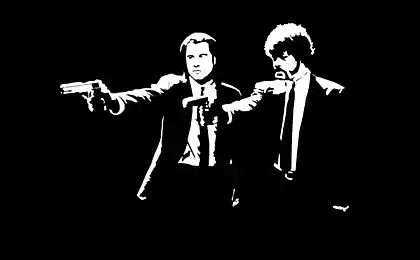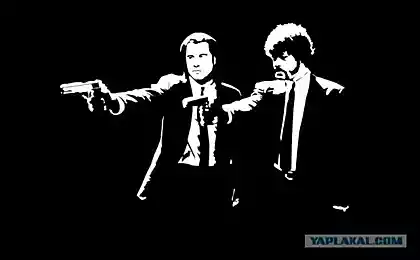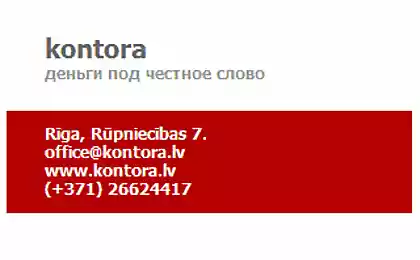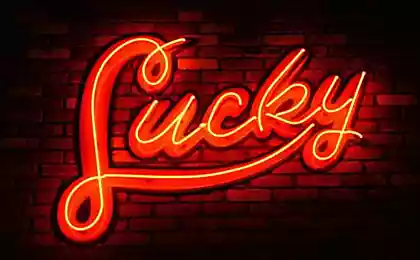1042
Kokpar
I live on the border with Kazakhstan. Catches of television, and I often ran into a truly national broadcast for Kazahsstana sport. Some of what the Old spread here to improve your education as it


One of the most popular games of the Kazakh - "Kokpar" goat or fight for a goat carcass, which is distributed not only in Kazakhstan, but also the peoples of Central Asia.
In Tajikistan, this game is called "Buzkashi" in Uzbekistan - "Ulak" or "Kupkari" in Kazakhstan - "kokpar Tartu" in Kyrgyzstan - "Kok bөrү».


History:
It is a national game equestrian nomads of Central Asia, known since the days of Genghis Khan. In the life of the steppe peoples ability to expertly manage the horse was a necessity. Constantly there were wars, and to protect its people, needed a strong, courageous and skilful horsemen. Between the wars, they showed their strength and skill in the dashing horse amusements such as kokpar. Since then, many centuries passed, but the game kokpar withstood the test of time and has reached our days. Competitions kokpar were in Soviet times, but were informal and were separated.
Rules of the game:
Playing on an old tradition certainly begins a solemn oath participants play fair. Anyone who did not take such an oath is not allowed. Those who swore "surfactant" is cautioned by the judge, in the worst case - is also out of the game. The team consists of ten horsemen, but on the field of play only four rider from each team. There is a substitution rule, and you can change not only the riders but also the horses. The game consists of two halves of twenty minutes, it takes on the length of 200 meters and width of 80 meters. Along the edges are two identical "cauldron" (their standard sizes - 3, 6 meters diameter and 1, 5 meters height). The player's task - to raise from the ground goat carcass, drag it and throw in the "cauldron" of the opposing team. The actions of horsemen watching horse judging panel consisting of three riders. Horsemen are trying to follow all the traditions of the game, but some hard tricks in modern kokpar prohibited. For example, you can not attack the player at the moment when he raises the carcass from the ground is strictly forbidden to beat the opponent's whip. Riders are not allowed to ride in the direction of the audience, and the last to submit them to land a goat carcass. It is also forbidden to dump the horse has captured the trophy, pull it from the back of the player. The offender is immediately deleted from the field as in ice hockey, for two minutes. The loss of one of the players, generally immediately affects the account.
Goat requires a thin, deliberate tactics. Unity Tulpar (horse) and rider - one of the conditions for the victory. Special breed of horses for the goat is not the main thing - a massive, agility and mind the horse. Despite its apparent simplicity, the goat - the game is technically difficult. It needed a long and hard training. Not by chance the best "athletes" are usually over forty years.
Development:
This sport is becoming more common because it is the only game sport that can claim that unites the countries of Central and Middle Asia. After independence, the Central Asian states began their rapid revival of the ancient game. As a result, it established the International Sports Federation, which includes not only the republics of the region, but also the representatives of China, Pakistan, Turkey, and even France.


One of the most popular games of the Kazakh - "Kokpar" goat or fight for a goat carcass, which is distributed not only in Kazakhstan, but also the peoples of Central Asia.
In Tajikistan, this game is called "Buzkashi" in Uzbekistan - "Ulak" or "Kupkari" in Kazakhstan - "kokpar Tartu" in Kyrgyzstan - "Kok bөrү».


History:
It is a national game equestrian nomads of Central Asia, known since the days of Genghis Khan. In the life of the steppe peoples ability to expertly manage the horse was a necessity. Constantly there were wars, and to protect its people, needed a strong, courageous and skilful horsemen. Between the wars, they showed their strength and skill in the dashing horse amusements such as kokpar. Since then, many centuries passed, but the game kokpar withstood the test of time and has reached our days. Competitions kokpar were in Soviet times, but were informal and were separated.
Rules of the game:
Playing on an old tradition certainly begins a solemn oath participants play fair. Anyone who did not take such an oath is not allowed. Those who swore "surfactant" is cautioned by the judge, in the worst case - is also out of the game. The team consists of ten horsemen, but on the field of play only four rider from each team. There is a substitution rule, and you can change not only the riders but also the horses. The game consists of two halves of twenty minutes, it takes on the length of 200 meters and width of 80 meters. Along the edges are two identical "cauldron" (their standard sizes - 3, 6 meters diameter and 1, 5 meters height). The player's task - to raise from the ground goat carcass, drag it and throw in the "cauldron" of the opposing team. The actions of horsemen watching horse judging panel consisting of three riders. Horsemen are trying to follow all the traditions of the game, but some hard tricks in modern kokpar prohibited. For example, you can not attack the player at the moment when he raises the carcass from the ground is strictly forbidden to beat the opponent's whip. Riders are not allowed to ride in the direction of the audience, and the last to submit them to land a goat carcass. It is also forbidden to dump the horse has captured the trophy, pull it from the back of the player. The offender is immediately deleted from the field as in ice hockey, for two minutes. The loss of one of the players, generally immediately affects the account.
Goat requires a thin, deliberate tactics. Unity Tulpar (horse) and rider - one of the conditions for the victory. Special breed of horses for the goat is not the main thing - a massive, agility and mind the horse. Despite its apparent simplicity, the goat - the game is technically difficult. It needed a long and hard training. Not by chance the best "athletes" are usually over forty years.
Development:
This sport is becoming more common because it is the only game sport that can claim that unites the countries of Central and Middle Asia. After independence, the Central Asian states began their rapid revival of the ancient game. As a result, it established the International Sports Federation, which includes not only the republics of the region, but also the representatives of China, Pakistan, Turkey, and even France.





















